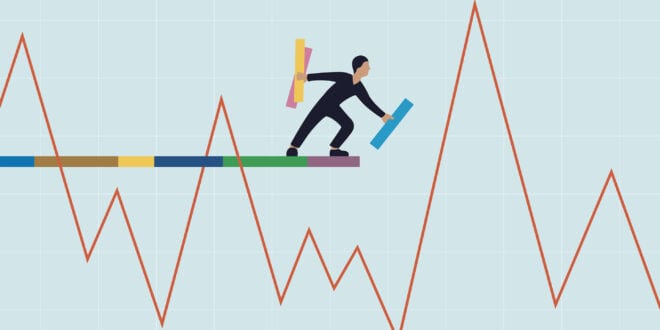In the modern world of doing business, the global financial markets can be accessed in just a few simple clicks. The Internet has allowed us to explore and reach anything and everything from the comfort of our home, while online trading platforms and apps now allow anyone to monetize their forecasting skills. Every day, close to 6 trillion US dollars circulate on the international currency exchange. The sharpest and most intelligent players benefit from the many different kinds of trends if they anticipate them patiently, and they play their cards right. Since the spikes in worth happen more frequently, the knowledge of market volatility is fundamental for any trader if they want to become successful.
Although it is somewhat detrimental to the economy and doing business, market volatility also the traders with a great opportunity for substantial monetary gain. Nevertheless, at the same time, it might very well put your investment at risk and make you nervous and stressed with anticipation. Traders in Nigeria are the ones who should know how to harness the power of volatility to their advantage. The question is, however, why does volatility appear and what is it exactly?
The Definition of Volatility

The concept of volatility describes the scope and frequency of the unpredictable up and down price swings on the market. This is a period when many dramatic momentary changes happen over the course of days, even hours. Of course, we all know that the currency exchange rates are always in flux, but changeability is the highest and most unpredictable once a volatility phase kicks in. The knowledge surrounding this phenomenon can greatly help the traders in determining what and how much they need to trade and not lose money. For them, the higher the volatility is, the higher the risk and in turn, the higher the potential profits are. Volatility can be measured by using the Average True Range, abbreviated as ATR.
Every combination of currency has its own unique ATR, which measures the standard variations of its value. The indicator shows deviations from the average value. One of the absolutely worst currencies to predict is Bitcoin, which is infamous for its spikes and drops in value. These are capable of rendering people bankrupt, or making them millionaires, within hours. The Bitcoin/US pair is expected to demonstrate more significant ups and downs than the New Zealand Dollar against the same quote currency (NZD/USD) because Bitcoin is more volatile than USD.
Challenges of Identification
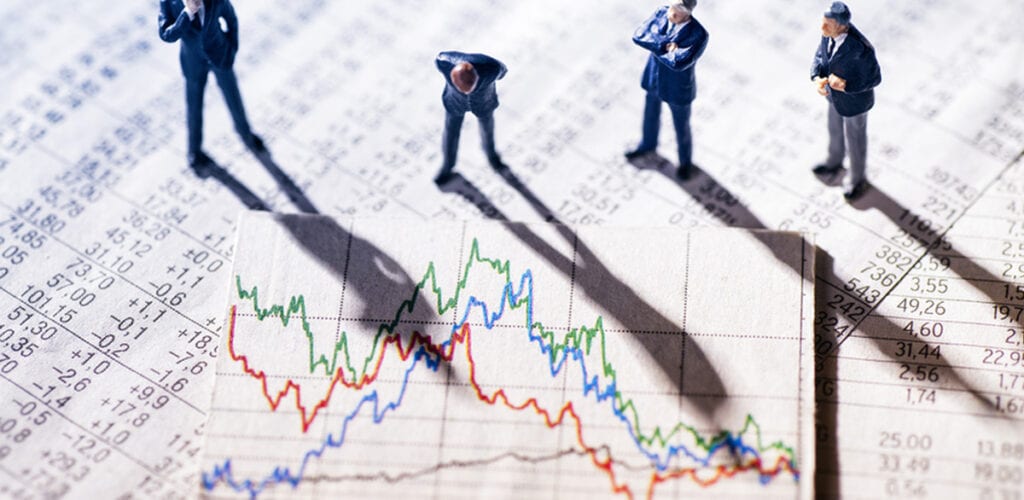
Volatility is unpredictable by definition. It is therefore hard to spot and track. Nevertheless, some measurement techniques allow traders to foresee increased changeability. Educational content from renowned brokers like FXTM will help you understand what is market volatility and how it can be used to gain profits from it.
Historic vs. Implied
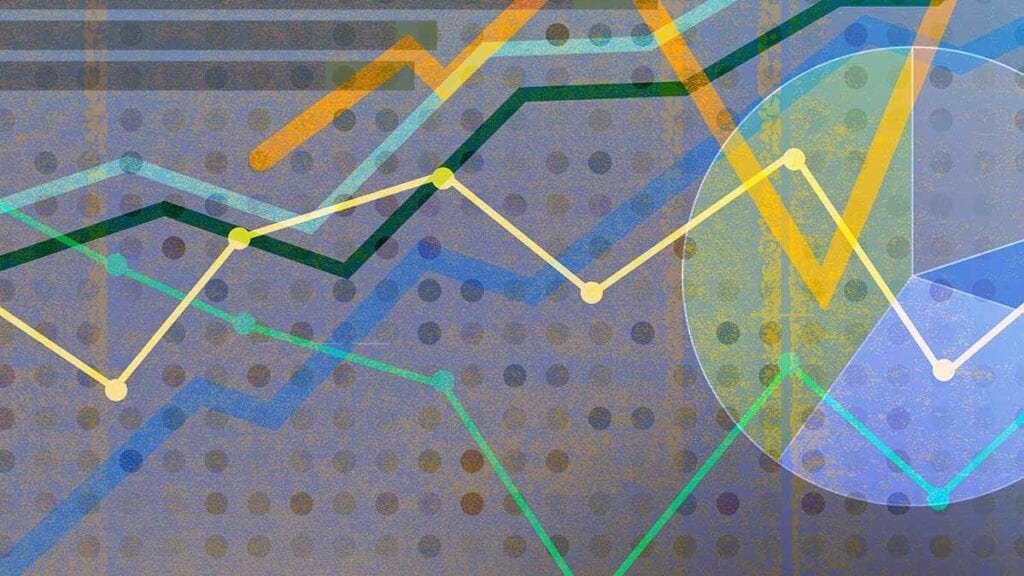
These two categories have to be analyzed in each case and it is vital to understand the differences between them. The first term refers to volatility observed in the past. The implied dimension describes expectations that the market participants have at the moment. These expectations are based on the price of future options.
On the other hand, the conclusions about historical changes may and are drawn from available charts, which demonstrate ups and downs that have already occurred. Implied chances are assessed based on CBOE indices that evaluate expectations.
Trading Volatile Currencies

Most of the trades on Forex involve Major currency pairs, which are linked to economies of developed nations. Traditionally, exotic currencies, as they are called (e.g., the Thai baht, the South African Rand, or the Russian Rouble), are perceived as the most volatile of all. They represent emerging markets and are therefore more prone and susceptible to change. Because of this, low volatility pairs and high volatility pairs require different groups of indicators.
Tips for Low Volatility
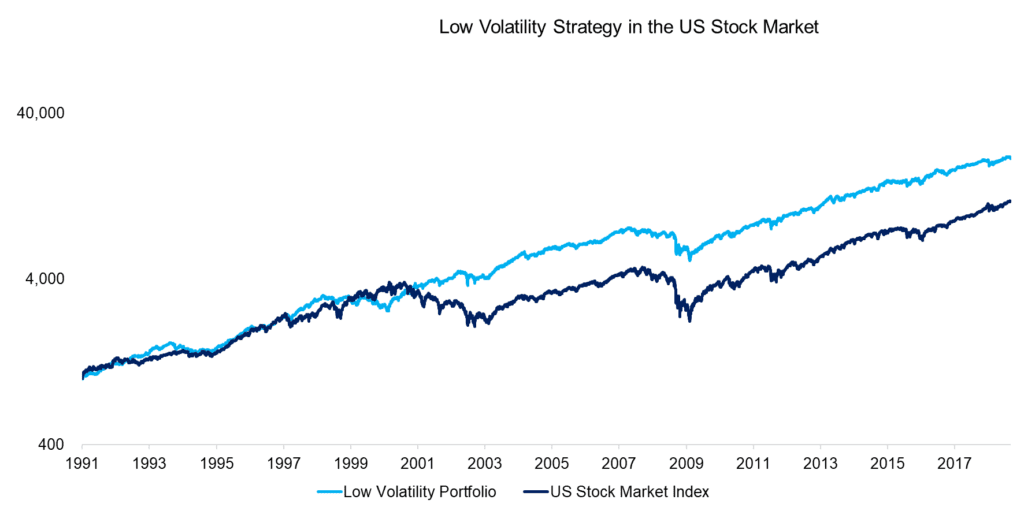
When tips for low volatility are in question, one should be looking at support and resistance. These lines can help the traders predict future movements and account for volatility before it happens. These lines mark levels at which the currency value rises and reverses, making them easy to understand and keep track of. In addition, remember to use the Stop Loss feature to limit potential risks.
Tips for High Volatility
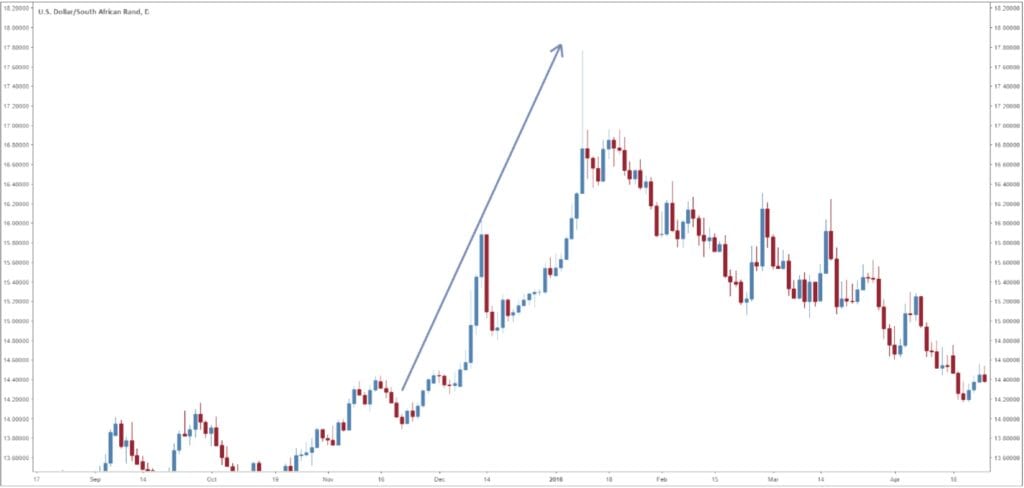
On the other hand, with highly volatile pairs, this trick may unfortunately fail to work. The obvious reason for this is that the prices of the most volatile currencies may rise and fall in a truly erratic fashion that nobody predicts or expects. To profit from the changes, try using one of the following three indicators, or all of them to maximize your chances.
1. ATR
The use of the aforementioned ATR is not limited to measuring changeability. It is also applicable to situations when you trade exit methods with a trailing stop, which caps your losses.
2. Bollinger Bands
If the marketplace in question is either oversold or overbought, the prices are almost certain to change direction. Such conditions are reflected in Bollinger Bands, a type of statistical chart that characterizes prices and volatility over the time period of a financial instrument or commodity. It uses a formulaic method propounded by John Bollinger during the 1980s.
3. Relative Strength Index
This indicator reflects the scope of the changes that took place. A trader is able to see if their instrument has been oversold or overbought.
Volatility vs. Risk

The nature of the economy and marketplace business is such that volatility and risk are closely interconnected, but they should hardly be perceived as identical. On one hand, the risk may be managed through Stop Loss or diversification and the trader can control it. On the other, volatility is beyond the control of traders and there is nothing we can do about it. Every trader has the freedom to decide how much risk they will tolerate, which they should base on the volatility of the currency they are trading with. By exploring its trends in the past and predicting the future, a close estimate is the best bet a trader can make.
Volatility greatly affects your level of risk, and the connection between these two is strong and linear. The more volatile the currency you trade is or becomes, the higher your potential losses are (unless you set your limits). However, the gains can also be higher, which again depends on the changes brought upon you by volatility. As movements are largely unforeseeable, one big swing may bring a hefty profit or cause a deep dent in your budget. This is why so many traders either become rich or poor in the span of a week.
Avoid Herd Mentality

While many know it is not always the right thing to do, traders tend to join in on the popular trends their fellow colleagues follow. When many traders are taking the same action, their peers are most likely to join in, saying to themselves it is best to play it safe since. It has to be the right move since everyone is doing it, right? This however does not have to mean anything in volatile markets. If a crash occurs, players tend to sell off their instruments at a low price, cashing in on whatever they have left. Although they incur losses, their behavior is guided by the possibility of an even deeper plunge. However, what if the currency rises again tomorrow and becomes more valuable before the crash?
Every trader should follow their consistent strategy and instincts and make decisions based on objective data, rather than popular moves everyone is comfortable with. Remember to use charts and indicators to analyze the market and follow the news closely. In volatile markets, a trader should always utilize all of the risk management features at their disposal and make the most calculated and educated bet.
 Imagup General Magazine 2024
Imagup General Magazine 2024
